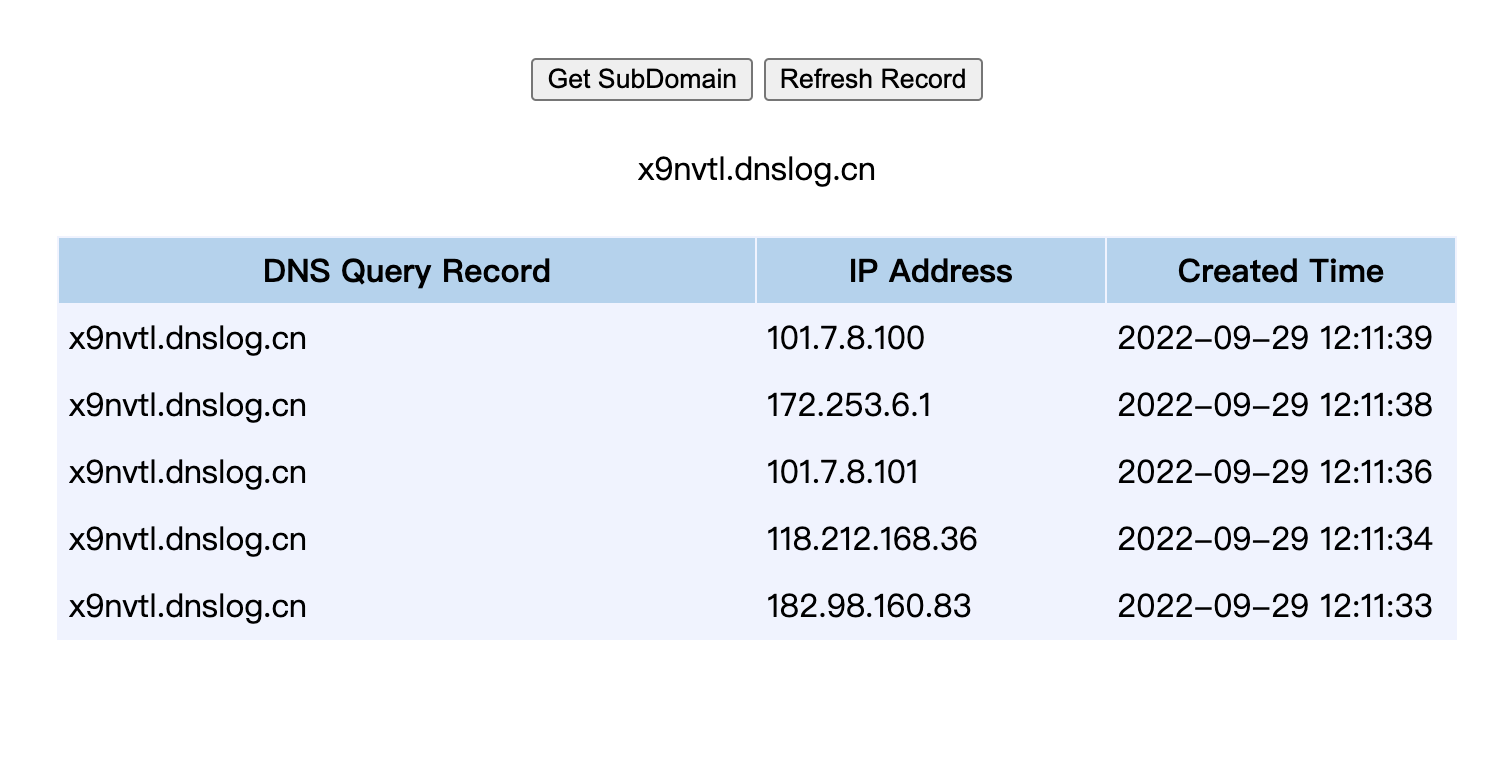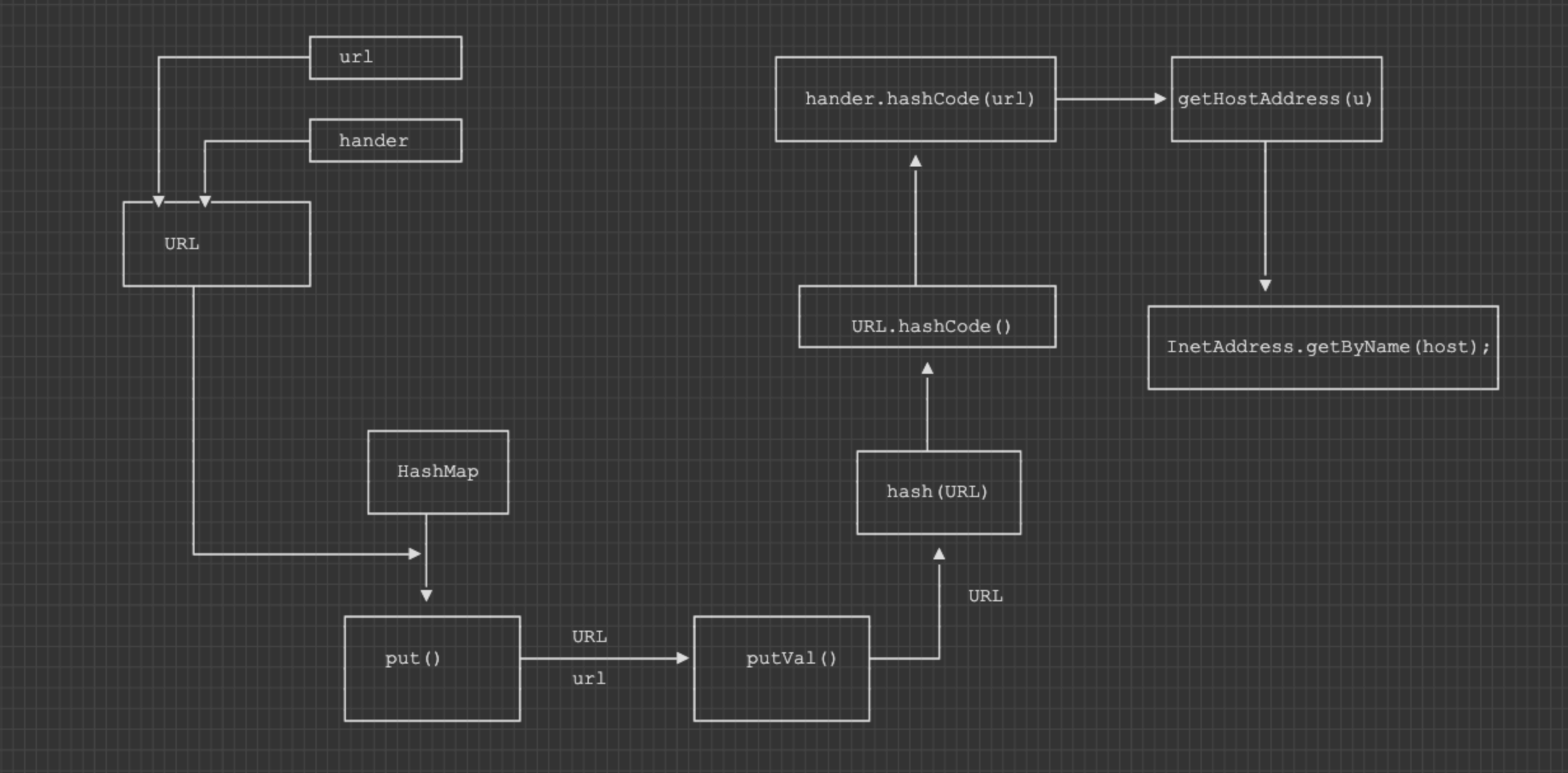1
2
3
4
5
6
7
8
9
10
11
12
13
14
15
16
17
18
19
20
21
22
23
24
25
26
27
28
29
30
31
32
33
34
35
36
37
38
|
Usage: java -jar ysoserial.jar [payload] '[command]'
Available payload types:
Payload Authors Dependencies
------- ------- ------------
AspectJWeaver @Jang aspectjweaver:1.9.2, commons-collections:3.2.2
BeanShell1 @pwntester, @cschneider4711 bsh:2.0b5
C3P0 @mbechler c3p0:0.9.5.2, mchange-commons-java:0.2.11
Click1 @artsploit click-nodeps:2.3.0, javax.servlet-api:3.1.0
Clojure @JackOfMostTrades clojure:1.8.0
CommonsBeanutils1 @frohoff commons-beanutils:1.9.2, commons-collections:3.1, commons-logging:1.2
CommonsCollections1 @frohoff commons-collections:3.1
CommonsCollections2 @frohoff commons-collections4:4.0
CommonsCollections3 @frohoff commons-collections:3.1
CommonsCollections4 @frohoff commons-collections4:4.0
CommonsCollections5 @matthias_kaiser, @jasinner commons-collections:3.1
CommonsCollections6 @matthias_kaiser commons-collections:3.1
CommonsCollections7 @scristalli, @hanyrax, @EdoardoVignati commons-collections:3.1
FileUpload1 @mbechler commons-fileupload:1.3.1, commons-io:2.4
Groovy1 @frohoff groovy:2.3.9
Hibernate1 @mbechler
Hibernate2 @mbechler
JBossInterceptors1 @matthias_kaiser javassist:3.12.1.GA, jboss-interceptor-core:2.0.0.Final, cdi-api:1.0-SP1, javax.interceptor-api:3.1, jboss-interceptor-spi:2.0.0.Final, slf4j-api:1.7.21
JRMPClient @mbechler
JRMPListener @mbechler
JSON1 @mbechler json-lib:jar:jdk15:2.4, spring-aop:4.1.4.RELEASE, aopalliance:1.0, commons-logging:1.2, commons-lang:2.6, ezmorph:1.0.6, commons-beanutils:1.9.2, spring-core:4.1.4.RELEASE, commons-collections:3.1
JavassistWeld1 @matthias_kaiser javassist:3.12.1.GA, weld-core:1.1.33.Final, cdi-api:1.0-SP1, javax.interceptor-api:3.1, jboss-interceptor-spi:2.0.0.Final, slf4j-api:1.7.21
Jdk7u21 @frohoff
Jython1 @pwntester, @cschneider4711 jython-standalone:2.5.2
MozillaRhino1 @matthias_kaiser js:1.7R2
MozillaRhino2 @_tint0 js:1.7R2
Myfaces1 @mbechler
Myfaces2 @mbechler
ROME @mbechler rome:1.0
Spring1 @frohoff spring-core:4.1.4.RELEASE, spring-beans:4.1.4.RELEASE
Spring2 @mbechler spring-core:4.1.4.RELEASE, spring-aop:4.1.4.RELEASE, aopalliance:1.0, commons-logging:1.2
URLDNS @gebl
Vaadin1 @kai_ullrich vaadin-server:7.7.14, vaadin-shared:7.7.14
Wicket1 @jacob-baines wicket-util:6.23.0, slf4j-api:1.6.4
|

